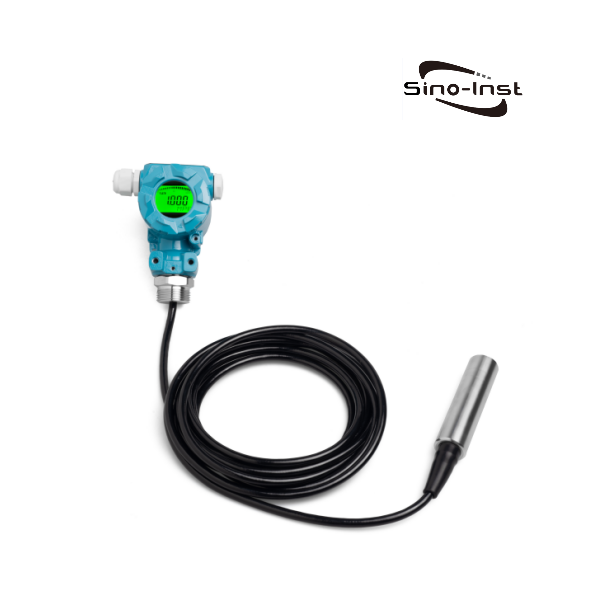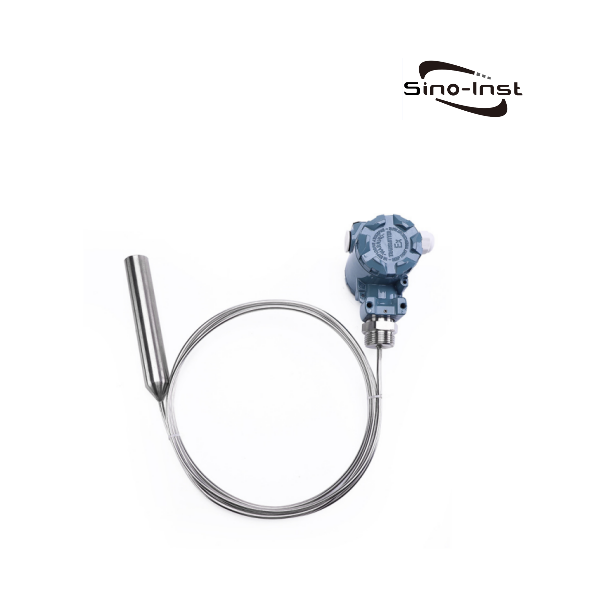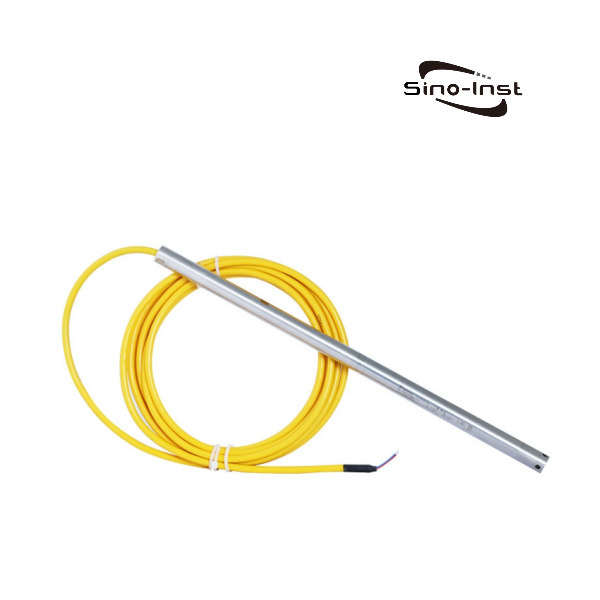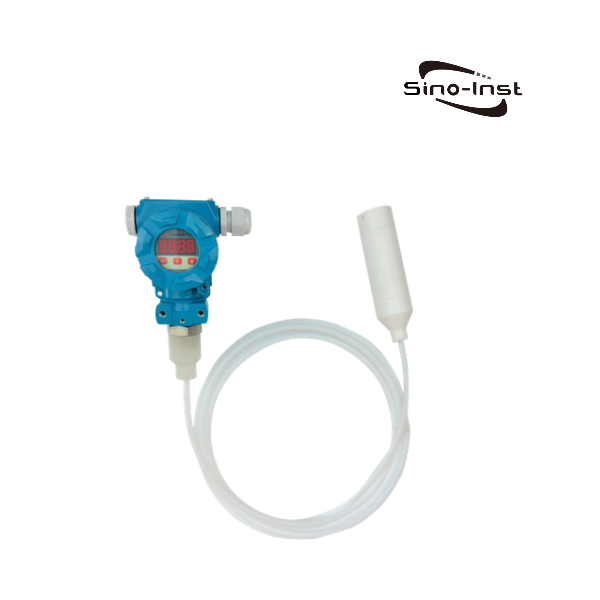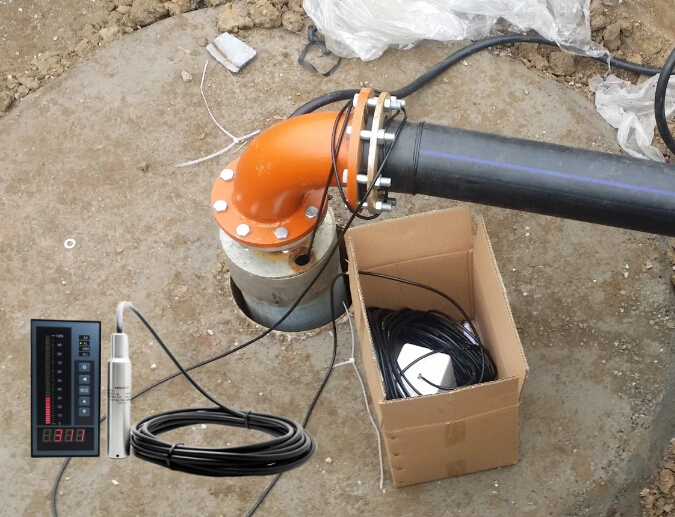
Introduction: An essence of well water level monitoring process
Water is a vital resource for every creature’s survival. Wells have historically been one of the firsthand sources of freshwater for numerous cosmopolitan communities for centuries. Ascertaining the sustainable and efficient use of well water requires orderly monitoring of water levels. A well water level monitoring system helps in understanding the actual status of water availability.
Technology for Well Water Level Monitoring Systems
Sensor Technology
- Ultrasonic Sensors
- Radar Sensors
- Hydrostatic Level Sensors
- Capacitance Sensors
Data Loggers
Data loggers record water level measurements at regular intervals. They store data for later retrieval and analysis. Advanced data loggers can transmit data wirelessly to a central database or cloud storage for real-time monitoring and remote access.
Communication Modules
Communication modules modify remote monitoring and control of well water level systems. Common communication technologies include:
- Cellular Networks: Allow data transmission to remote servers via mobile networks.
- Satellite Communication: Used in remote areas where cellular coverage is unavailable.
Cloud-Based Platforms
Cloud-based platforms offer centralized data storage, processing, and visualization. They provide user-friendly interfaces for monitoring well water levels, generating reports, and setting alerts for critical water level changes. Users can access data from any location with an internet connection.
Hydrostatic level transmitters: The key player
Hydrostatic level transmitters have surfaced as a pivotal technology in this sphere, offering skillful and trustworthy measurements of water levels.
We will deep dive into the practicality of hydrostatic level transmitters, their advantages. And their crucial role in effective well water level monitoring systems.
Let’s know about Hydrostatic Level Transmitters.
Hydrostatic level transmitters, also known as pressure transducers or level sensors, measuring the pressure exerted by the fluid (water in this case) at a particular depth. The pressure measurement is then used to figure out the water level. These transmitters operate based on the principle that the pressure at a given point in a fluid is proportional to the height of the fluid column above it.
Working Principle
The set principle behind hydrostatic level transmitters is Pascal’s Law. Which states that the pressure at a point in a fluid at rest is the same in all directions and is proportional to the height of the fluid column. The relationship can be expressed with the formula:
P = rho* g*h
Where:
P = Pressure exerted by the fluid
rho= Density of the fluid
g = Acceleration due to gravity
h= Height of the fluid column
By measuring the pressure at a known depth, the height (or level) of the water column can be determined.
The measuring principle
The functionality of the hydrostatic level principle is just as simple as it is inventive, and is based on the following principle:
Every liquid has an one-on-one weight force based on its centre of gravity and density, which exerts an increasing amount of pressure on the bottom of a container as the level increases. This hydrostatic pressure behaves directly proportional to the level of the liquid, and is recorded by a pressure sensor.
The pressure sensor sits at the bottom end of a level probe and converts the pressure acting upon it into an electronic signal. The electronics in the device transform this into an analogue or digital output signal.
The level sensors are calibrated to the specification of the liquids to be measured in the factory, in order to convert the recorded pressure or pressure changes into correct measuring results.
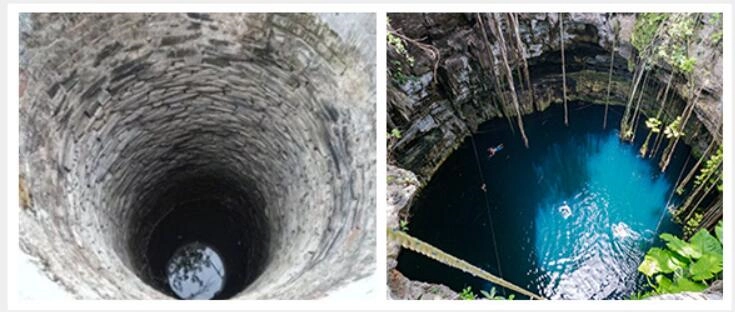
Components of Hydrostatic Level Transmitters
- Pressure Sensor: The heart of the hydrostatic level transmitter, which measures the pressure exerted by the water column.
- Signal Conditioner (transmitter): Converts the raw signal from the pressure sensor into a standardized output (e.g., 4-20 mA or digital signal).
- Housing: Protects the sensor and electronics from environmental factors.
- Cable: Connects the transmitter to the monitoring system, often including vent tubes to compensate for atmospheric pressure changes.
Benefit of Hydrostatic Level Transmitters
- Precision: These transmitters provide precise and reliable measurements, essential for effective water management. The accuracy can reach 0.5%.
- Lucidity: The installation and operation of hydrostatic level transmitters are straightforward, making them accessible for various applications.
- Resilience: Designed to withstand harsh environmental conditions, these transmitters offer long-term reliability. Wetted materials can be customized.
- Affordability: Compared to other sophisticated level measurement technologies, hydrostatic level transmitters are relatively affordable.
- Adaptability: Suitable for a wide range of well depths and types, from shallow wells to deep aquifers. The range can be customized.
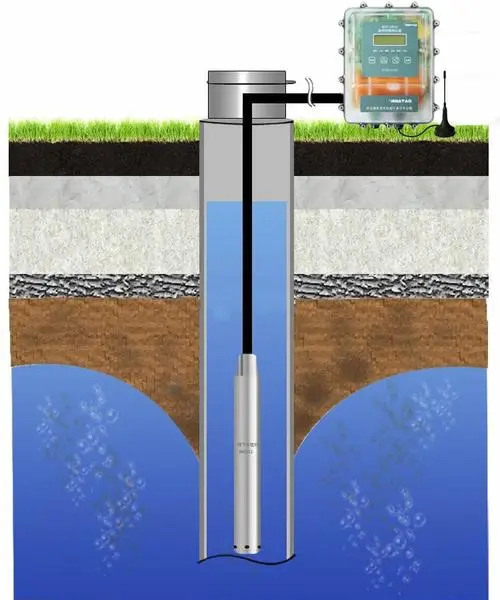
Function of Hydrostatic Level Transmitters in Well Water Level Monitoring
Hydrostatic level transmitters play a pivotal role in well water level monitoring systems, providing continuous, accurate data hypercritical for sustainable water management.
Here are key aspects of their role:
1.Uninterrupted Monitoring
Hydrostatic level transmitters enable continuous monitoring of well water levels. Unlike manual methods that provide intermittent data, these transmitters offer real-time insights into water levels, helping users make informed decisions about water usage and management.
2.Data Logging and Reasoning
Modern hydrostatic level transmitters can be incorporated with data loggers and advanced software platforms. This integration allows for the collection, storage, and analysis of water level data over time. Historical data can reveal trends, seasonal variations, and the impact of external factors such as rainfall and drought.
3.Distant Monitoring
Many hydrostatic level transmitters can be attached to remote monitoring systems via wireless communication technologies such as cellular networks, Wi-Fi, or LoRaWAN. This ability is especially beneficial for wells in remote or hard-to-access places.
4.Sustainable Water Management
True and continuous water level monitoring supports sustainable water management practices. By preventing over-extraction and allowing for better planning, hydrostatic level transmitters help preserve aquifers and ensure the long-term availability of water resources.
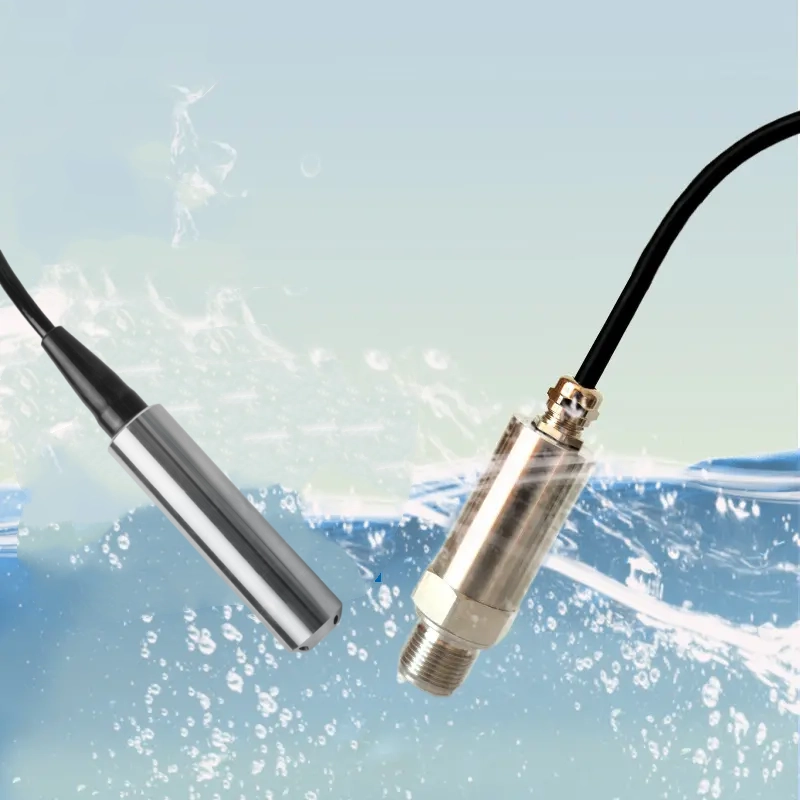
Implementation of a Hydrostatic Level Transmitter System
Assess Necessities
Evaluate the specific needs of the monitoring system. Including well depth, desired accuracy, data logging frequency, and communication range.
Select Appliances
Choose the appropriate hydrostatic level transmitter based on the assessment. Consider factors such as sensor range, accuracy, durability, and compatibility with existing systems.
Install the Transmitter
Properly install the hydrostatic level transmitter in the well. Ensure the sensor is securely placed at the desired depth and protected from environmental damage. The cable should be routed carefully to avoid damage and interference.
Configure Data Logging
Set up data loggers to record water level measurements at desired intervals. Ensure they are synchronized with the hydrostatic level transmitter and communication modules.
Set Up Communication
Configure the communication modules to transmit data to the central database or cloud platform. Ensure reliable connectivity for continuous data transmission.
Test the System
Perform initial tests to verify the accuracy and functionality of the system. Adjust settings as necessary to optimize performance.
Monitor and Maintain
Regularly monitor the system to ensure it functions correctly. Perform routine maintenance and calibration to maintain accuracy and reliability.
More Featured Level Measurement Solutions
- Water Level Pressure Transducers
- Typical Ultrasonic Level Sensor Applications and Advantages
- Industrial Ultrasonic Level Transmitters | Non-contact Level Measurement
- Different Diesel Level Sensors for Diesel Tank Level Measurement
- Featured 5 Guided Wave Radar Level Transmitter Types
- Guided Wave Radar Level Transmitter Installation Guide and Troubleshooting
- Difference Between Radar and Guided Wave Radar Level Transmitter
- Hydrostatic Level Measurement-Liquid Level Measurement with Pressure Sensors
Investment in a well water level monitoring system not only guards water resources but also provides precious data for future planning and conservation efforts. Whether for household use, agriculture, or industrial goals, monitoring well water levels is a critical step towards responsible water stewardship.
Sino-Inst Hydrostatic level transmitters are indispensable tools in modern well water level monitoring systems. Their ability to cater continuous, accurate, and reliable water level measurements makes them necessary for sustainable water management. By enabling data logging, remote monitoring, and alert notifications, these transmitters empower users to make informed decisions, prevent water shortages, and ensure the long-term availability of vital water resources.
-1.jpg)
